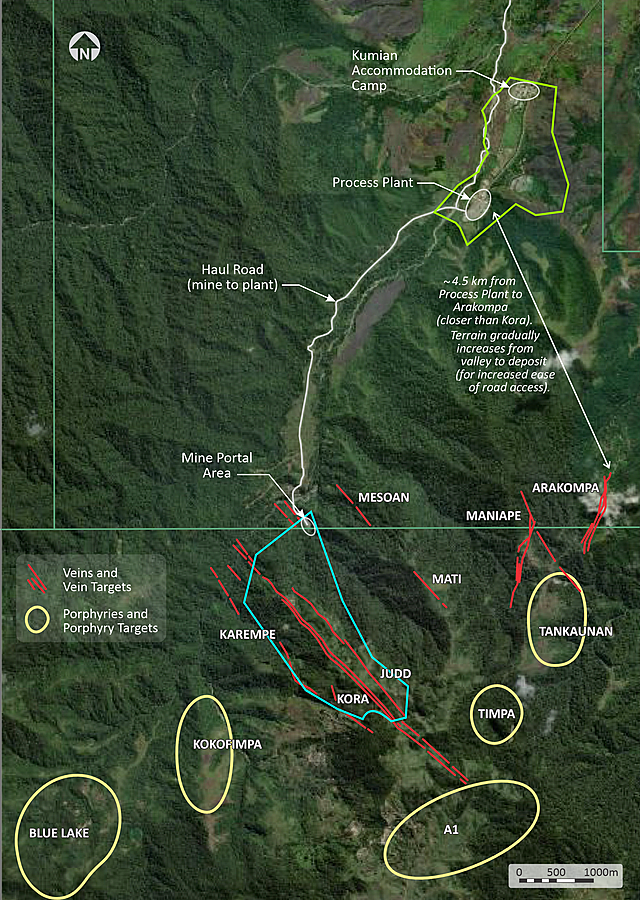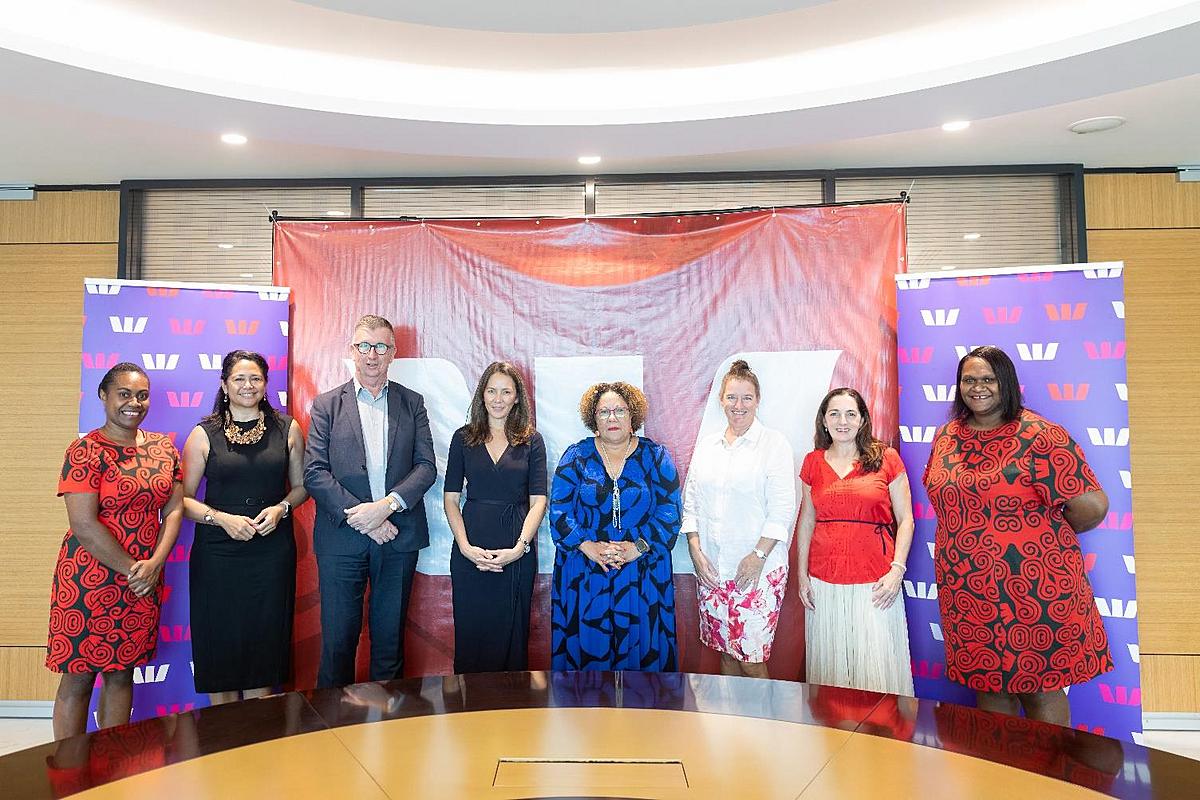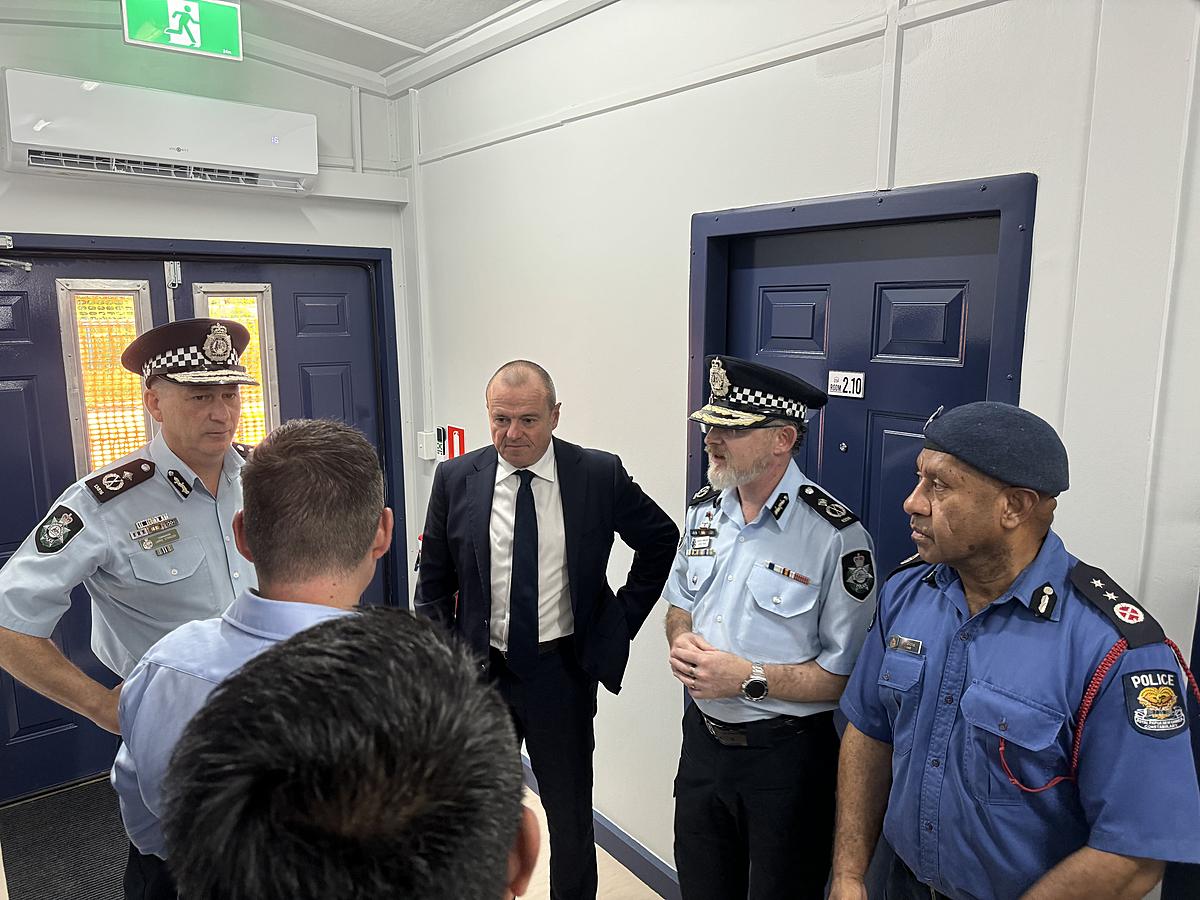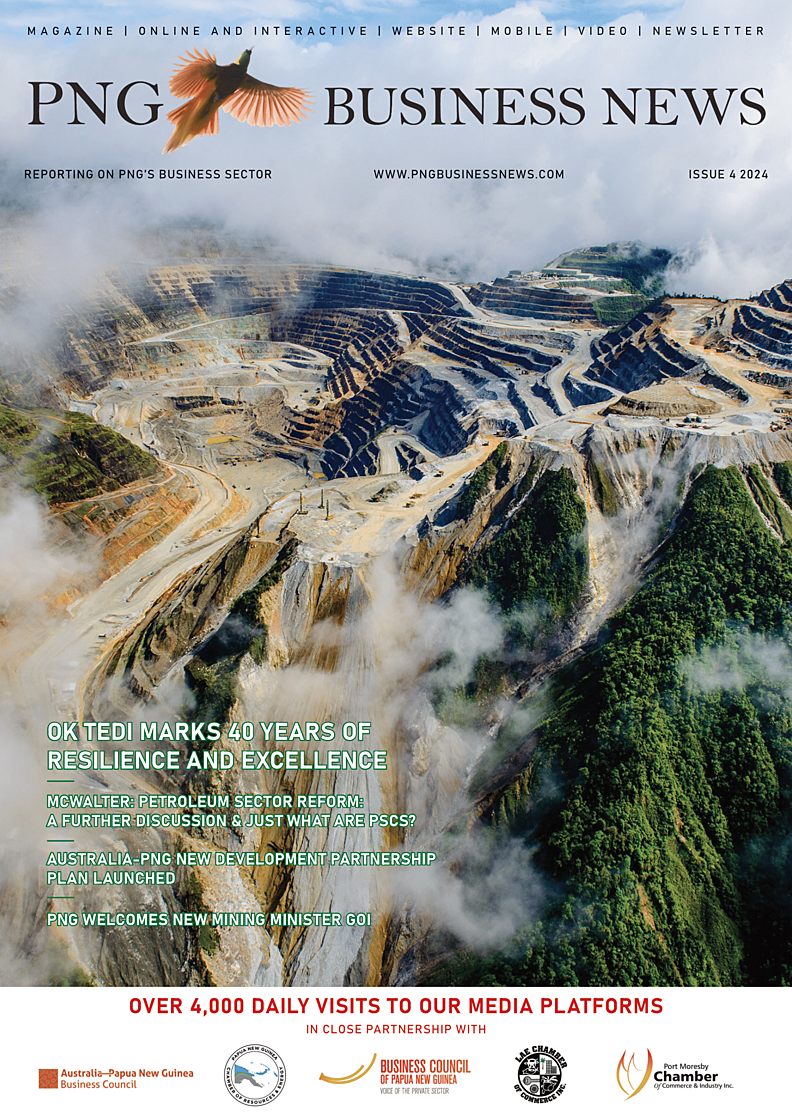Photo credit: K92 Mining Inc
K92 Mining Inc is pleased to announce results from the first two surface holes at Kora South and Judd South and from the property-wide airborne geophysics program at the Kainantu gold mine in Papua New Guinea. This is the first time that drilling at Kora South and Judd South had been undertaken from surface by either K92 or prior operators. The results for the latest surface diamond drill holes completed are summarized in Table 1 below.
Kora South and Judd South Drilling Results
Step-out drilling at both Kora South and Judd South delivered strong results with multiple high-grade and solid thickness intersections in addition to record thickness with the discovery of dilatant zones at both Judd South and Kora South.
At Judd South, the results are highlighted by hole KUDD0001, the southernmost step-out hole to date, stepping out 150 metres to the south from the nearest historical surface drill hole. KUDD0001 recorded multiple intersections including 15.25 m at 15.87 g/t AuEq or 13.23 g/t Au, 15 g/t Ag and 1.53% Cu (9.93 m estimated thickness) from the J1 Vein and strong grades from the J2 Vein that recorded 2.90 m at 8.52 g/t AuEq or 5.41 g/t Au, 16 g/t Ag and 1.81% Cu (1.89 m estimated thickness). The hole was terminated early due to loss of hole from drilling before it could reach Kora South.
Importantly, KUDD0001 discovered for the first time a dilatant zone within the Judd / Judd South vein system, representing the longest intersection to date recorded at Kainantu at 66.55 m at 5.02 g/t AuEq or 3.65 g/t Au, 9 g/t Ag and 0.78% Cu (43.26 m estimated thickness). The dilatant zone is punctuated by higher grades from the J1, J2 and potentially the J3 veins, with continuous gold and copper mineralization between the various veins. Geotechnical conditions observed in the core were also competent and analogous to that of Judd underground.
At Kora South, drill hole KUDD0002, the southernmost step-out to date along the Kora-Kora South vein system, stepping out 75 m to the south from the nearest drill hole, recorded solid thickness and high grades from multiple veins including 6.20 m at 17.26 g/t AuEq or 1.62 g/t Au, 151 g/t Ag and 8.56% Cu (4.04 m estimated thickness) from K2 Vein; 0.93 m at 36.39 g/t AuEq or 0.06 g/t Au, 93 g/t Ag and 21.88% Cu (0.60 m estimated thickness) from the K1 Vein; 5.00 m at 7.99 g/t AuEq or 4.67 g/t Au, 47 g/t Ag and 1.70% Cu (3.25 m estimated thickness) from the K3 Vein. A notable feature of the K1 and K2 vein intersections is the very high copper grades, with ~1 metre assay composites up to 21.88% Cu over 0.93 m in K1 and up to 20.40% Cu over 1.04 m in K2, driven by massive copper sulphide veins punctuating the broader vein intersection. Encouragingly the K3 vein recorded one of its thickest intersections to date, despite the hole bottoming while still in K3 mineralization.
Notably, at Kora South, KUDD0002 intersected a dilatant zone, similar to Judd South, intersecting 35.90 m at 5.98 g/t AuEq or 1.42 g/t Au, 47 g/t Ag and 2.48% Cu (23.34 m estimated thickness), a record in terms of thickness for the Kora-Kora South vein system. The dilatant zone is punctuated by higher grades from the K2 and K3 veins with continuous gold and copper mineralization between the veins. While early days, these dilatant zones represent a potential step-change in terms of the tonnage and metal endowment per vertical metre at Kora South and Judd South. As our drill and surface sampling programs progress its impact will be better understood.
Drilling results also intersected a previously unknown vein, located approximately 75 m to the east of Judd, recording 3.45 m at 10.36 g/t AuEq or 10.09 g/t Au, 20 g/t Ag and 0.01% Cu (2.24 m estimated thickness). This was the first time drilling had been conducted this far east of Judd and modifications to the drill program to test this vein are underway.
Other drill results include KUDD0002 recording 0.9 m at 15.43 g/t AuEq or 14.32 g/t Au, 39 g/t Ag and 0.39% (0.59 m estimated thickness) from J1 Vein; and 1.3 m at 16.63 g/t AuEq or 16.60 g/t Au and 0.01% Cu (0.84 m estimated thickness) from J2 Vein, located approximately 80 m north of KUDD0001.
Advanced Airborne MobileMT Geophysics Results
In November 2021, for the first time in over 10 years, airborne geophysics over the entire ~860 km 2 property was flown. The program engaged Expert Geophysics Limited (EGL) to conduct the helicopter-borne MobileMT electromagnetic and magnetic survey. MobileMT is the latest generation of airborne AFMAG technologies, designed in 2017 by the inventor of the ZTEM system. MobileMT measurement frequency range is 25 Hz – 30,000 Hz, while ZTEM range is 25 Hz – 720 Hz, thus delivering a much greater depth range of investigation. Electromagnetic and magnetic data was collected along east-west survey lines, nominally spaced at 200m, and north-south tie lines nominally spaced at 2,000 m.
The results from the MobileMT geophysics delivered excellent correlation between known mineral deposits and conductive bodies. In particular, the results demonstrate a potential extensive untested strike length to Kora / Kora South and Judd / Judd South vein systems, beyond the A1 porphyry for several kilometres to the southeast. The results also show a possible confluence of the vein systems between Kora / Kora South and Judd / Judd South with the north-northeast Maniape and Arakompa vein systems, representing a highly prospective target.
In addition to the vein targets, known mineralized porphyries were highlighted by geophysics, including A1, Blue Lake, Tankaunan and Timpa.
Core Photos and Figures
Long sections of Kora South and Judd South, showing the location of the latest drill holes reported, are provided in figures 1 and 2, respectively. A cross section of KUDD0001 and KUDD0002 are shown in figures 3 and 4, respectively. A core photograph of the K2 Vein from hole KUDD0002 featuring massive copper sulphide mineralization is shown in figure 5 and closeup core samples from KUDD0001 and KUDD0002 are shown in figure 6. A map from the airborne geophysics program proximal to the Kainantu underground mine is shown in figure 7, and a long section illustrating the Highly Conductive Zone from geophysics is in figure 8.
Chris Muller, K92 Vice President Exploration, stated, “Drilling beyond the boundaries of the Mining Lease on Exploration Lease EL470 has confirmed our interpretation that the high-grade Kora and Judd vein systems persist well to the south. The mineralized Kora and Judd trend, implied by newly acquired sub-surface conductivity data from geophysics, will be tested with an expanded drilling campaign during 2022.”
John Lewins, K92 Chief Executive Officer and Director, added, “While this may be one of the smallest batches of drill holes we have released, we believe it is one of the most impactful. Since K92 acquired Kainantu in 2015, there has been a great belief in the potential to the South, as we get closer to the A1 porphyry which is interpreted to be the main heat source for the vein systems.
As Chris Muller highlighted earlier, mineralization remains intense at both Kora South and Judd South, with solid thickness and high grades. Judd South has been highlighted by 15.25 m at 15.87 g/t AuEq in the J1 Vein from KUDD0001 stepping out ~150 metres to the South from the nearest historical drill hole, and Kora South has been highlighted by 6.20 m at 17.26 g/t AuEq from K2 Vein and 0.93 m at 36.39 g/t AuEq from the K1 Vein both from KUDD0002 stepping out ~75 metres to the South from the nearest drill hole. K1 and K2 also delivered very high copper grades, both punctuated with ~1-2 metre veins of massive copper sulphides grading approximately 20% Cu.
The discovery of dilatant zones at both Judd South and Kora South has significant potential in terms of overall endowment and throughput potential, recording 66.55 m at 5.02 g/t AuEq at Judd South and 35.90 m at 5.98 g/t AuEq at Kora South. While it is still early days, we are very pleased that we made the decision to significantly oversize the twin incline that is currently being developed. Based on engineering review, modifications can be made to the conveying system to handle throughputs exceeding 5 million tonnes per annum.
The drill results have also highlighted the potential for multiple productive veins beyond K1, K2 and J1. Results at J2 and K3 delivered solid grades and thicknesses and hole KUDD0001 intersected a previously unknown vein approximately 75 m east of Judd South recording 3.45 m at 10.36 g/t AuEq. Prior K92 and historical drilling had not drilled this far east of Judd / Judd South and plans are underway to test this potential vein system.
The results from the advanced geophysics program has underscored the significant near-mine and regional exploration potential at Kainantu, including the potential for vein mineralization continuing for kilometers from Kora South and Judd South. We strongly believe we are just scratching the surface in both our vein and porphyry exploration programs.”
Full article, tables and figures can be found HERE - Article courtesy of K92 Mining










